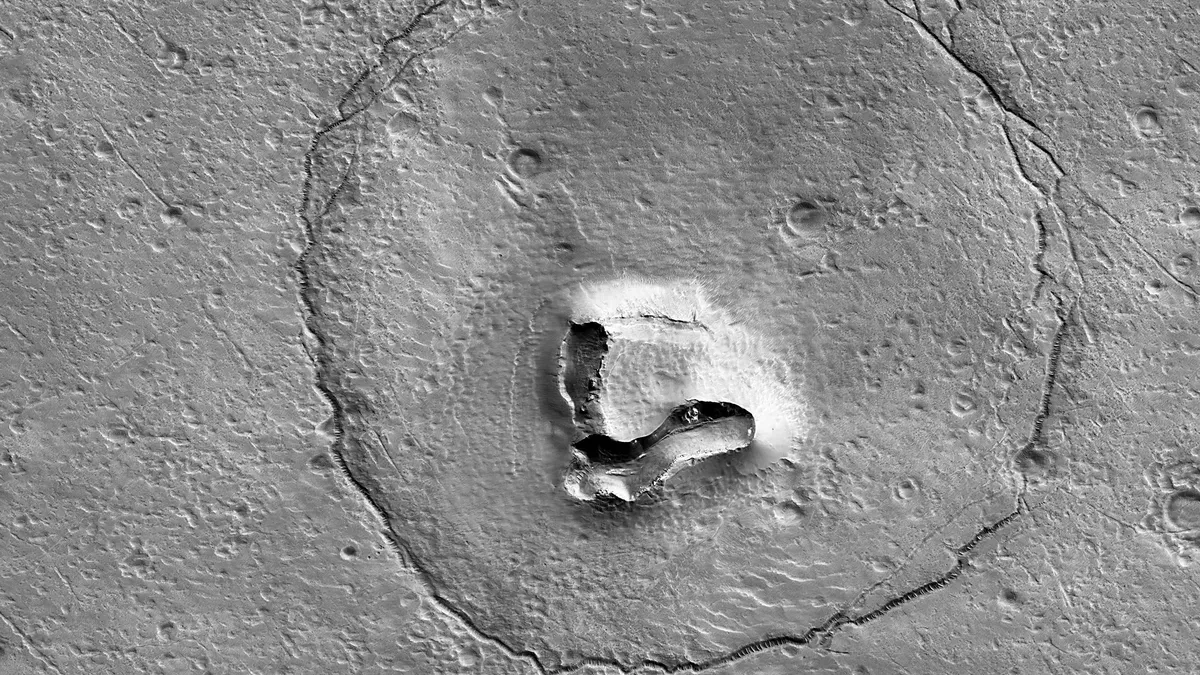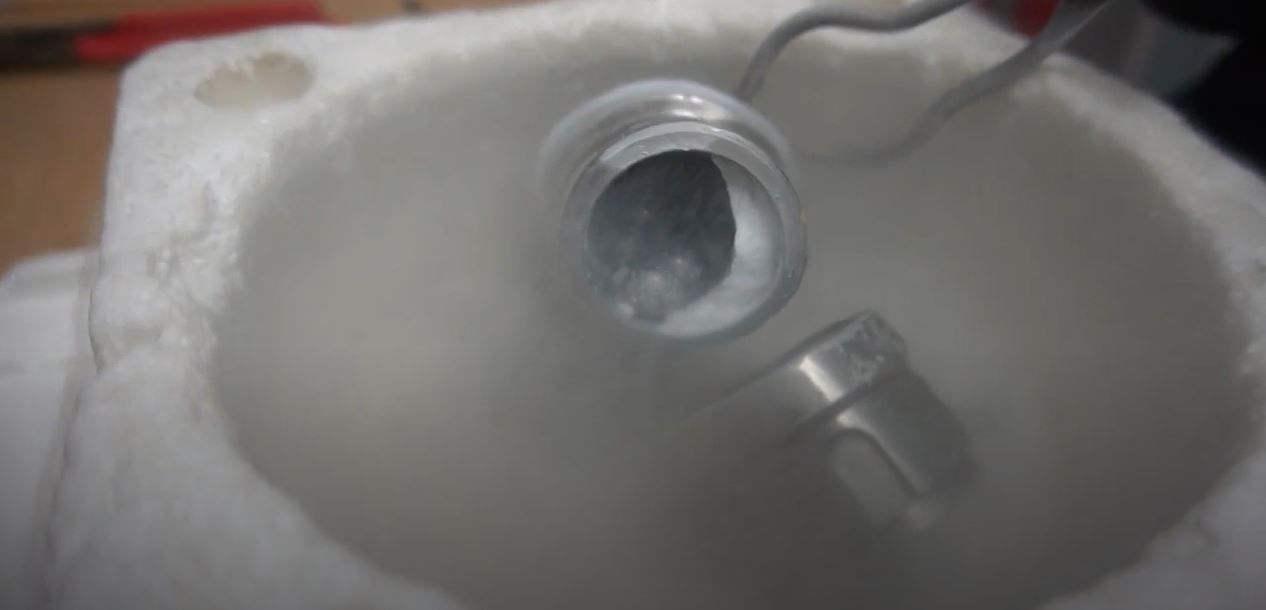Weekly Science News Recap
In this week's weekly science news recap, were going over space, AI technology, and chemistry.

A lot has happened this week in the science community, including space, AI technology, and chemistry!
A Bear-y Unusual Find
The Mars Reconnaissance Orbiter captured a bear-y unusual feature on the red planet. The image was captured in December but shared on January 25th of 2023. If you look closely, you can see a head, two eyes, a mouth, and a nose. Or you'd think.

The two eyes are actually craters, the nose is a hill with a V-collapsed structure, and the head is a circular fracture pattern. While the adorable face looks well put together here, the features spread out around 2,000 kilometers across the Martian surface. The team is always finding familiar faces on the planet, just like this one. Maybe just 'grin and bear it.'
For more information on this story, click here: https://www.serendum.com/newsroom/bear-y-cool-capture-on-mars/
AI Technology Takes Off
A Canadian machine learning system is making its way to the moon on a United Arad Emirates rover that launched on a SpaceX rocket on December 11, 2022.The rover is expected to touch down this spring, searching for minerals and other geologic features. Canada's AI system will inform the rover's decision making and will be the first time an AI has ever reached beyond a low Earth orbit, according to officials.

If all goes to plan, the Rashid rover will run for approximately one lunar day, or 14 earth days. It is not expected to last the lunar night. Rashid's rover navigation images will be sent to the base, which will handle communications with Earth. Then the output will be sent to the ground to be used by scientists and engineers to help decide where the rover should go next. Once engineers are confident the AI knows how to classify different features like rocks and craters, humans will be taken out of the mission.
For more information on this story, click here: https://www.serendum.com/newsroom/canadian-ai-technology-soars-to-new-heights/
Ice, Ice Baby
Researchers have discovered a new type of ice through a process called ball milling. By using liquid nitrogen to cool a jar to -200 degrees, adding crystlline ice and steel balls, they were able to discover a medium-density amorphous ice. In this form, the molecules are in more of a disorganized shape, rather than the organized shape found in crystallized ice. This type of ice is rare on Earth but abundant in space; due to the cooler environment, the ice does not have enough thermal energy to form crystals. The only place on Earth where this ice could be observed is in the upper levels of the atmosphere.

Researchers suggested this type of ice may be found in more ice moons in our solar system, like those of Jupiter and Saturn. The forces from the gas giants may exert similar forces on ordinary ice, similar to the process of ball milling. One thing researchers discovered from the ice was what happened when it was warmed up. Using calorimetry, researchers discovered the ice released a significant amount of heat after it was warmed and recrystallized. This led to the idea that the ice could possibly trigger tectonic motions on ice planets, like Jupiter's Ganymede.
For more information on this story, click here: https://www.serendum.com/newsroom/new-forms-of-ice-discovered/



